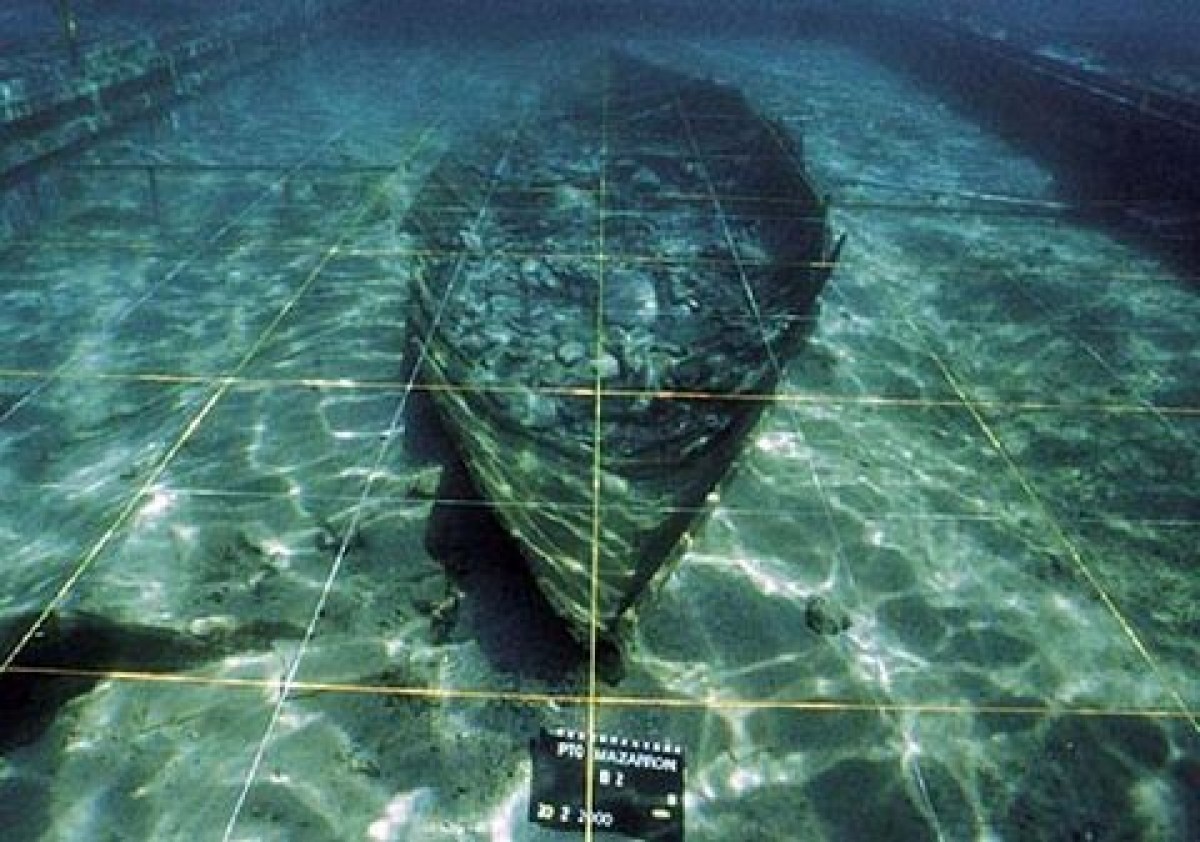
To be listed on the CAMPOSOL TODAY MAP please call +34 968 018 268.
The Phoenician boats in Mazarrón
Traces of the Phoenicians in the Region of Murcia
 The Phoenicians were a great trading nation who plied their wares throughout the Mediterranean, at their most active in the region of Murcia during the period of 600BC.
The Phoenicians were a great trading nation who plied their wares throughout the Mediterranean, at their most active in the region of Murcia during the period of 600BC.
They are known to have been trading here at that time because they left irrefutable proof behind, three ships, a rare and priceless treasure of immense archaeological interest, which are contributing to the ongoing research into the history of this far-ranging and opportunistic people.
Two of these were small coastal vessels which would have carried cargo along the shore line or been used for transporting goods out to larger transport vessels moored slightly out from the shore. Both of these were found in Mazarron, in the bay of La Isla, one intact and the other scattered along the seabed.
The third is currently under excavation just off the coast of La Manga, within the municipality of San Javier, at a site called Bajo de la Campana and is yielding astonishing finds, including large quantities of ivory and raw materials, indicating it was probably a larger merchant vessel which would have made the longer journeys. Tantalisingly, rare pieces of wood are coming up from the seabed, indicating that there may be part of the hull concealed beneath the silt, still buried.
The story of these boats can be traced via the ARQUA, The museum of subaquatic archaeology which is located in Cartagena.
Following the Phoenicians has become rather a personal quest, so here is the information discovered to date and where you too can trace their footsteps when visiting the Region of Murcia.
Click for ARQUA, Cartagena, which houses the remains of Mazarron 1 and a reproduction of Mazarron 2
Click for the Phoenician Boat Interpretation Centre, Mazarron
Click for Bajo de la Campana, san Javier. This has a report on who the Phoenicians were and some historical information about them, and information about the excavation.
Click for diving on the Bajo de la Campana excavation.























